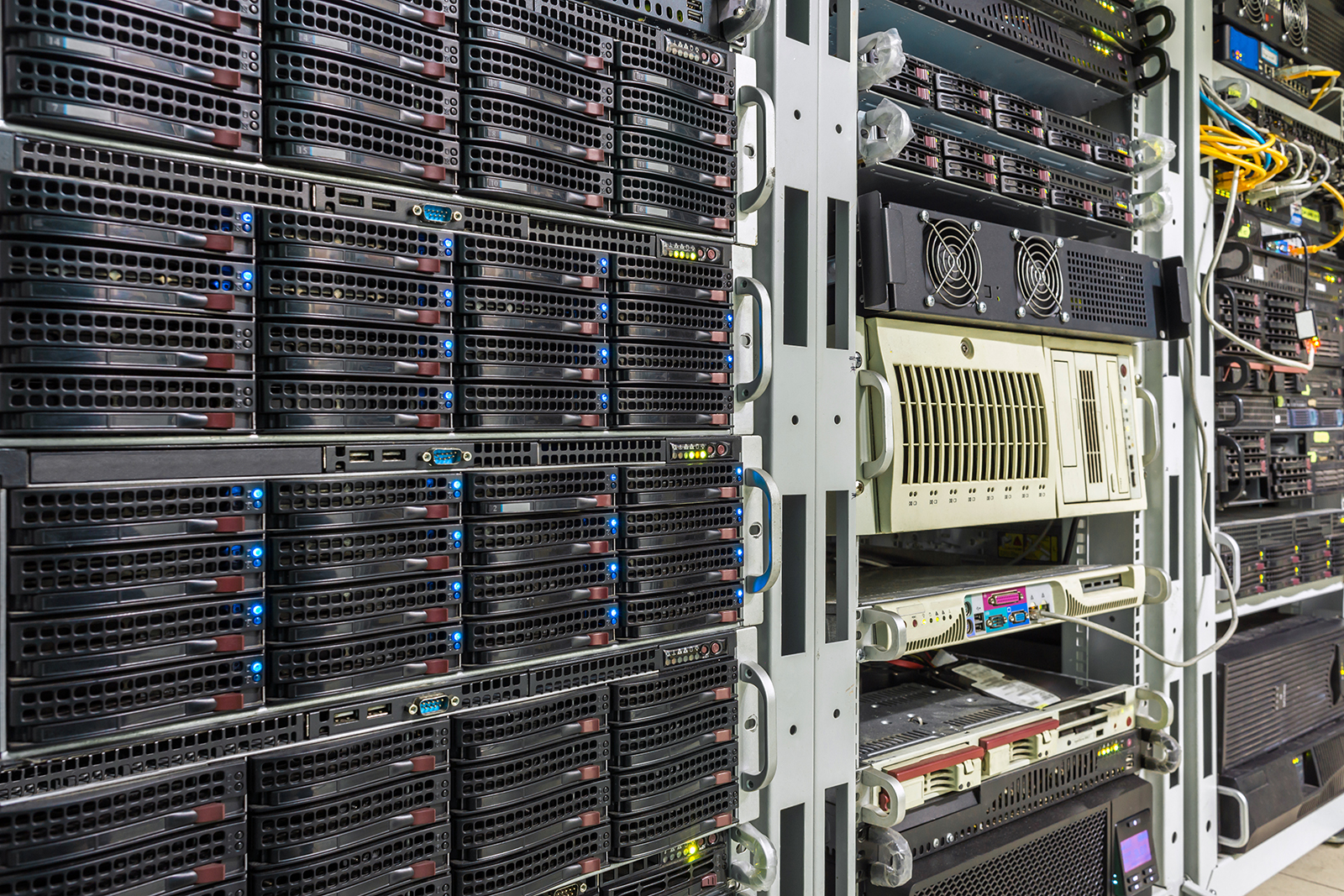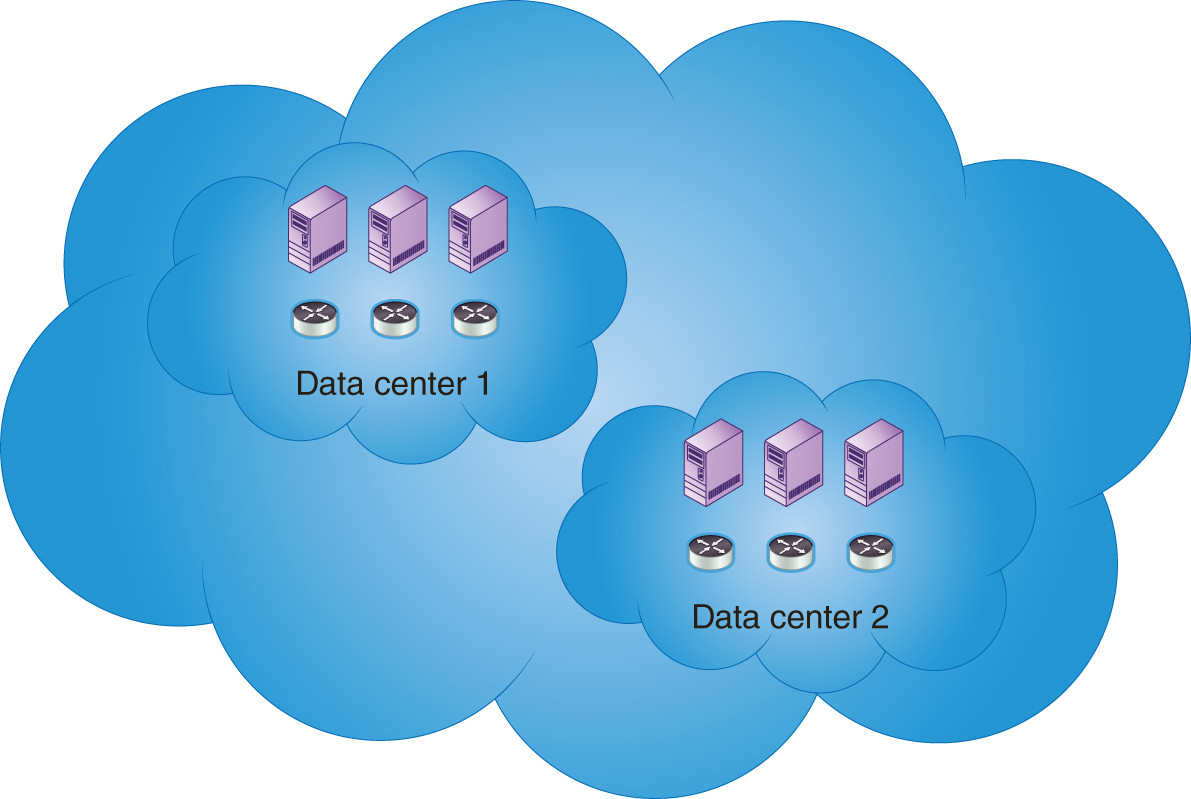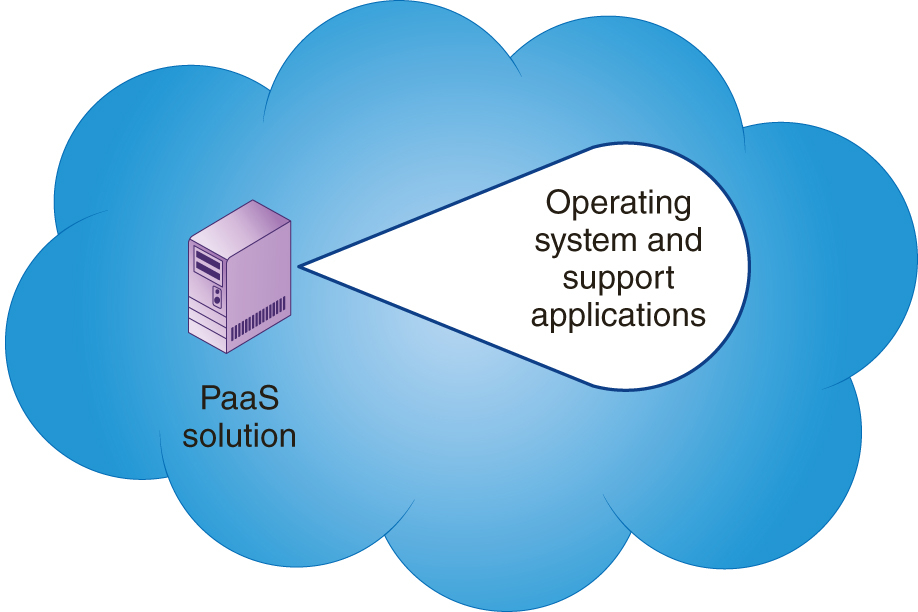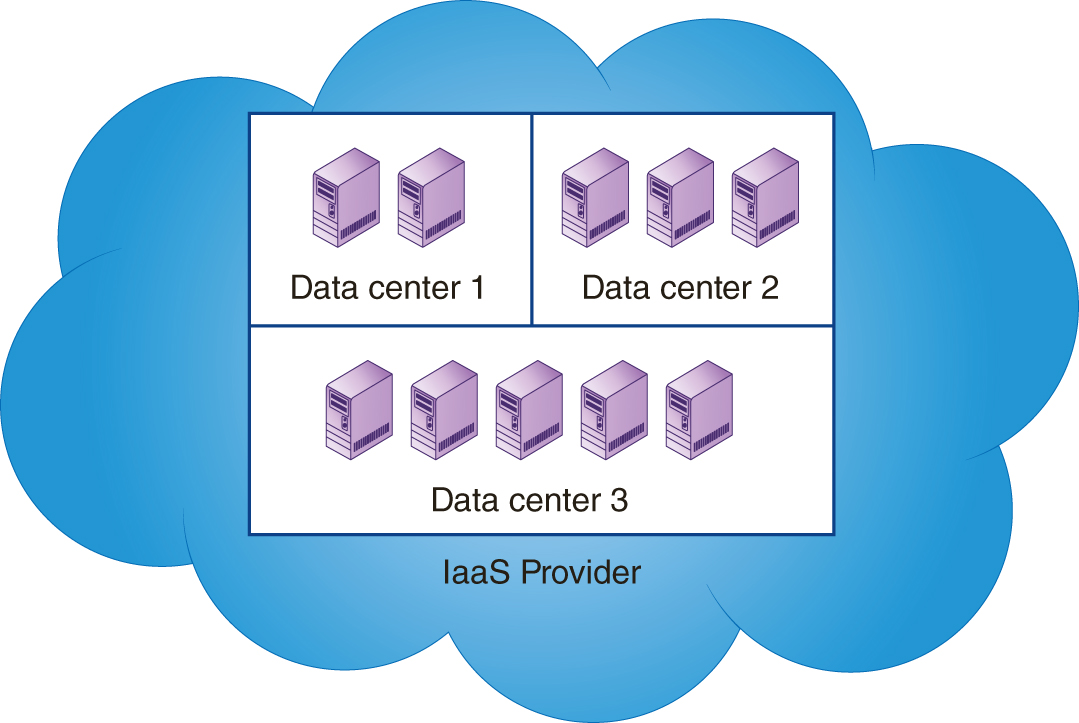Understanding IaaS
Running a data center is an expensive and staff-intensive process. To start, one must create a facility with the following capabilities:
-
Access to high-speed and redundant Internet service
-
Sufficient air conditioning to eliminate the heat generated by servers and disk-storage devices
-
Conditioned power with the potential for uninterrupted power supply in the short term and in the long term through the use of on-site diesel-powered generators
-
Fire suppression systems
-
Administrative staffing to support hardware, networks, and operating systems
FIGURE 4-1 illustrates a typical data-center facility.

FIGURE 4-1 Racks of servers within a data center.
© Maximumm/Shutterstock.
After a company creates an operational data center, it has a second significant problem—the data center is a single point of failure. Should the data center be damaged by fire, flood, weather, or an act of terrorism, the company’s entire data-processing capabilities will be shut down.
To reduce the risk of a single point of failure, companies often create a duplicate data center at a remote location, as shown in FIGURE 4-2. Should one of the data centers fail, the other data center can immediately take over operations. Unfortunately, the second data center will increase the company’s costs—essentially doubling them because there are duplicate servers, storage devices, network equipment, Internet access, and staffing.

FIGURE 4-2 To eliminate a single point of failure, many companies colocate duplicate data centers.
For many smaller companies, with simpler data-processing needs, a PaaS may allow them eliminate their own data-center needs. As you will recall, a PaaS solution typically provides one or more virtual servers running a specific operating system, as shown in FIGURE 4-3. Most PaaS solutions eliminate the customer’s need to manage the operating system and supporting software.

FIGURE 4-3 PaaS solutions allow smaller companies to eliminate their on-site data center needs.
Larger companies, or companies with specific server needs, in contrast, may require their own independent server hardware and data-storage devices. For such situations, IaaS is ideal. An IaaS solution provides a customer with its own hardware resources. You can think of IaaS as providing a mini data center within a large data-center facility. Most IaaS providers, as shown in FIGURE 4-4, house the data centers for multiple companies. Because the IaaS provider spreads the cost of power, air conditioning, fire suppression, and staff across multiple customers, it can normally offer pricing that beats what each individual company would have to pay for its own facility costs.

FIGURE 4-4 IaaS providers normally house data centers for many companies.
Further, just as with software as a service (SaaS) and PaaS solutions, with IaaS solutions the customer pays only for the resources consumed. Simply put, IaaS solutions provide the least expensive (and fastest) way for companies to launch a data center or colocation facility.
